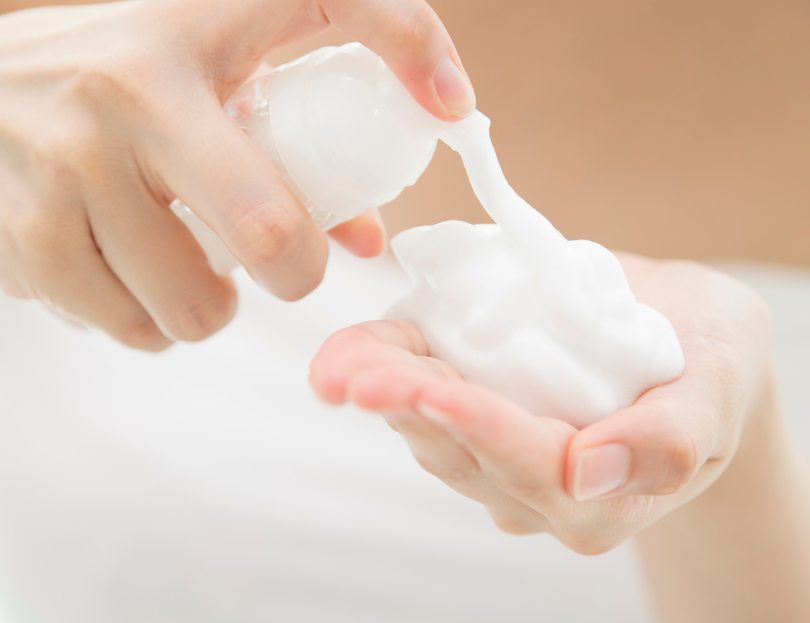When we think of skincare, cleansers are certainly the first thing that comes to mind.
Cleansers are the cornerstone of skincare and if we desire healthy skin, they should be an integral part of our skincare routine, both in the morning and evening.
After water, the most commonly used cleanser is soap. Especially products marketed as natural soaps are appealing, but unfortunately, they are not suitable for facial cleansing.
Since our skin’s pH is acidic and soaps are alkaline, using soap on the skin can lead to undesirable side effects such as redness, dryness, itching, burning, and stinging. Additionally, alkaline pH can create an environment on the skin for the growth of pathogenic microorganisms. For this reason, low-irritant cleansers with pH adjustment have been developed. Selecting a suitable cleanser for the skin is important to avoid additional issues.
Gel Cleanser
The formulation of gel cleansers is close to the skin’s pH, preserving the natural skin barrier and having a low irritant property. Some formulations also have hydrating properties that help to cleanse the skin without drying it out.
Some formulations contain exfoliating agents that deeply cleanse pores and eliminate excess oil. Examples include salicylic acid, glycolic acid, mandelic acid, lactic acid, etc.
They are a good choice for normal, combination, oily, and acne-prone skin types. They are not recommended for dry, sensitive, and rosacea-prone skin.
Micellar Water Cleansers
These contain tiny oil molecules called micelles, which attract and remove surface oils, dirt, and residual makeup without requiring rinsing.
Since they don’t provide deep cleansing, residual residues on the surface can clog pores and lead to additional issues. Therefore, using a secondary cleanser is necessary.
Foaming Cleansers
These typically contain sulfate to create a foaming action. Their pH is usually more alkaline than the skin’s pH, causing water to evaporate from the skin and potentially leading to dryness.
Oil Cleansers
These contain oils that help remove dirt, sebum, and sweat residues.
Their goal is to cleanse without drying the skin. They are applied with gentle massage to dry skin and around the eyes.
Upon contact with water, they transform into a milky texture, facilitating easy removal without leaving an oily residue. They are suitable for dry and sensitive skin types.


